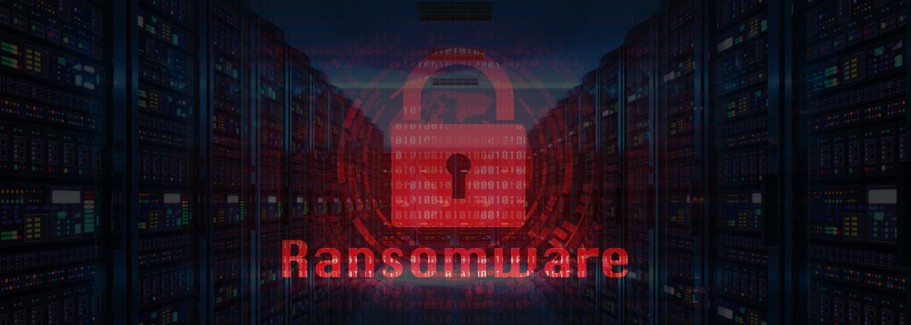Case Study
Ransomware and DIY Disaster: Full Recovery From Linux-Based RAID 5 Server
Published On :

Ransomware gangs like LockBit and Royal have been targeting hospitals and labs at record rates. The LockBit ransomware group was famously responsible for one such cyberattack on All India Institute of
Medical Sciences (AIIMS) in 2022. Because of this, the premier government-run hospital had to shut down its main and backup servers for several days. More recently, the Royal group targeted another leading healthcare services company in
India.
In the said company’s corporate office, an IT administrator overseeing a Linux-based RAID server was confronted with a crisis. The system’s main data volume, which spanned five 8 TB hard drives, suddenly became inaccessible.
The cause was a ransomware attack that encrypted a majority of data files with the “.royal” extension, which is linked to a notorious, globally active ransomware group.
Upon further inspection, the IT admin found that more than 16 TB of active files had been encrypted. Worse still, attempts to restore from local backups revealed the devastation was total: the ransomware hadn’t just encrypted active files, it had also deleted backup files and cleared the system’s Recycle Bin.
Almost 13 TB of backup data was missing, apart from the 16 TB of encrypted data.
The affected setup was a Linux server using the BTRFS file system. Data was spread across five 8 TB hard drives in a RAID 5 configuration.
The IT team, desperate to fix the issue themselves, tried two separate RAID rebuilds, before contacting Stellar Data Recovery.
At this stage, with in-house efforts exhausted and all vital data at risk, the healthcare services provider’s IT team reached out to Stellar for professional ransomware data recovery service.
Unfortunately, as in this case, DIY repair attempts in case of RAID data loss can do more harm than good. We recommend that IT admins should RAID data recovery services immediately if they suspect a data loss situation.
In this case, because of all the aggravated damage to the system, our strategy had to be methodical and precise, and our technicians ensured it was.
The very first step was to protect what remained. We used our specialized hardware imagers to create 1:1, sector-by-sector clones of all five original 8 TB HDDs, along with the sixth drive the client had added. This preserved the original state of the platters and allowed us to work on the clones without risking further damage.
This was the core of the technical challenge. The client's actions had destroyed the RAID metadata, but we knew BTRFS keeps copies of its superblocks scattered across the disks.
We used powerful proprietary software to extract these fragmented metadata copies.
After meticulous analysis, we were able to manually reconstruct the "backward-dynamic" RAID 5 array's original striping, parity rotation, and drive order, ignoring the incorrectly added sixth drive.
With the array virtually rebuilt, we faced a dual problem: encrypted files and deleted files. We deployed advanced file-carving tools to recover the files the ransomware had deleted from the recycle bin.
Simultaneously, we identified the specific strain and, utilizing known decryption methods for the variant, were able to bypass the encryption on the 16.1 TB of encrypted data. The decrypted user data and databases were located and verified.
This case highlights how a disciplined RAID data recovery approach and expert ransomware data recovery methods can turn a severe cyberattack into a complete recovery success. Stellar Data Recovery’s disciplined imaging and deep expertise in BTRFS RAID 5 turned a catastrophic ransomware event into a full restoration.

Data Center

Leading Media Production House

Corporate User

Corporate User